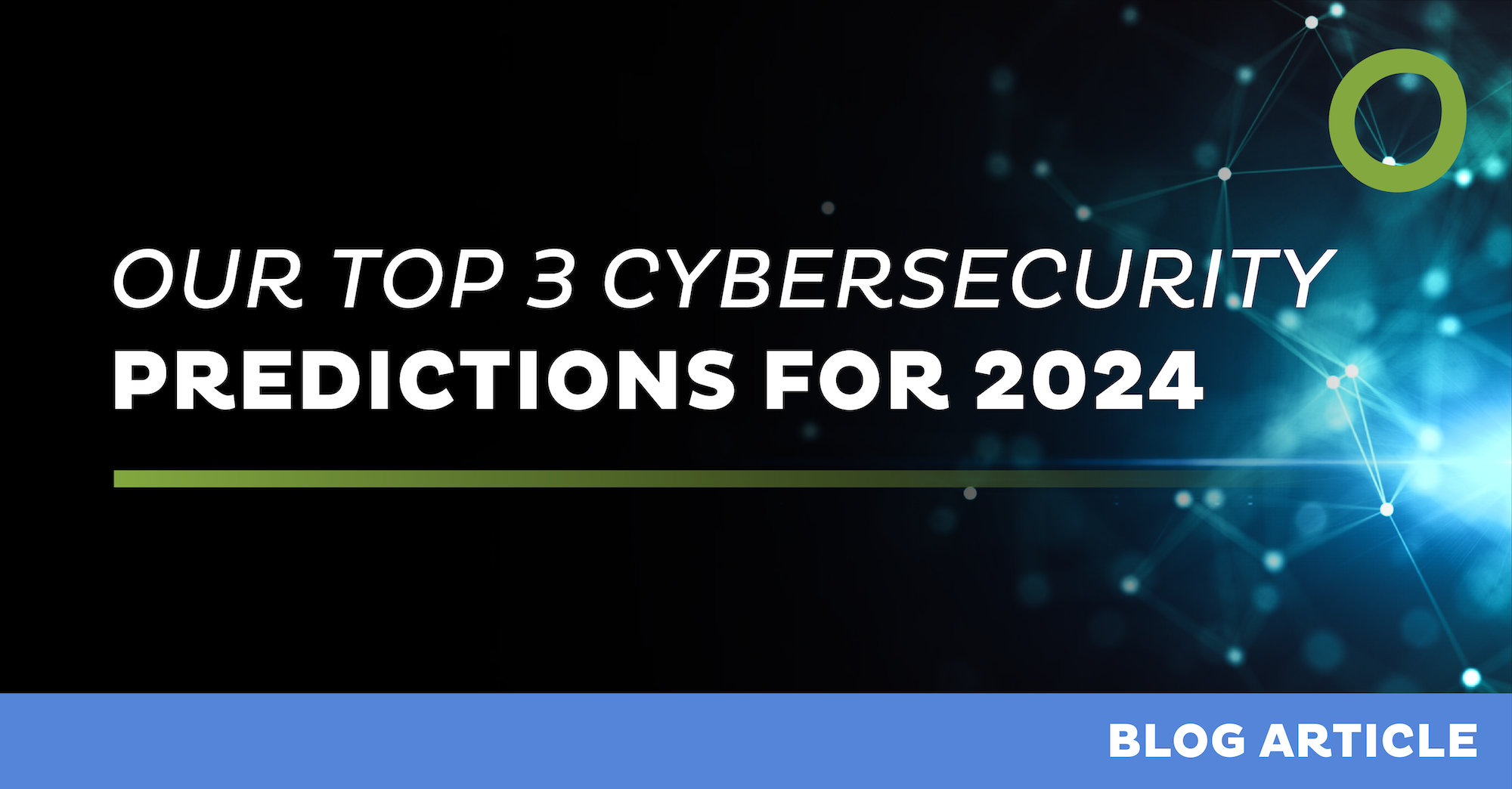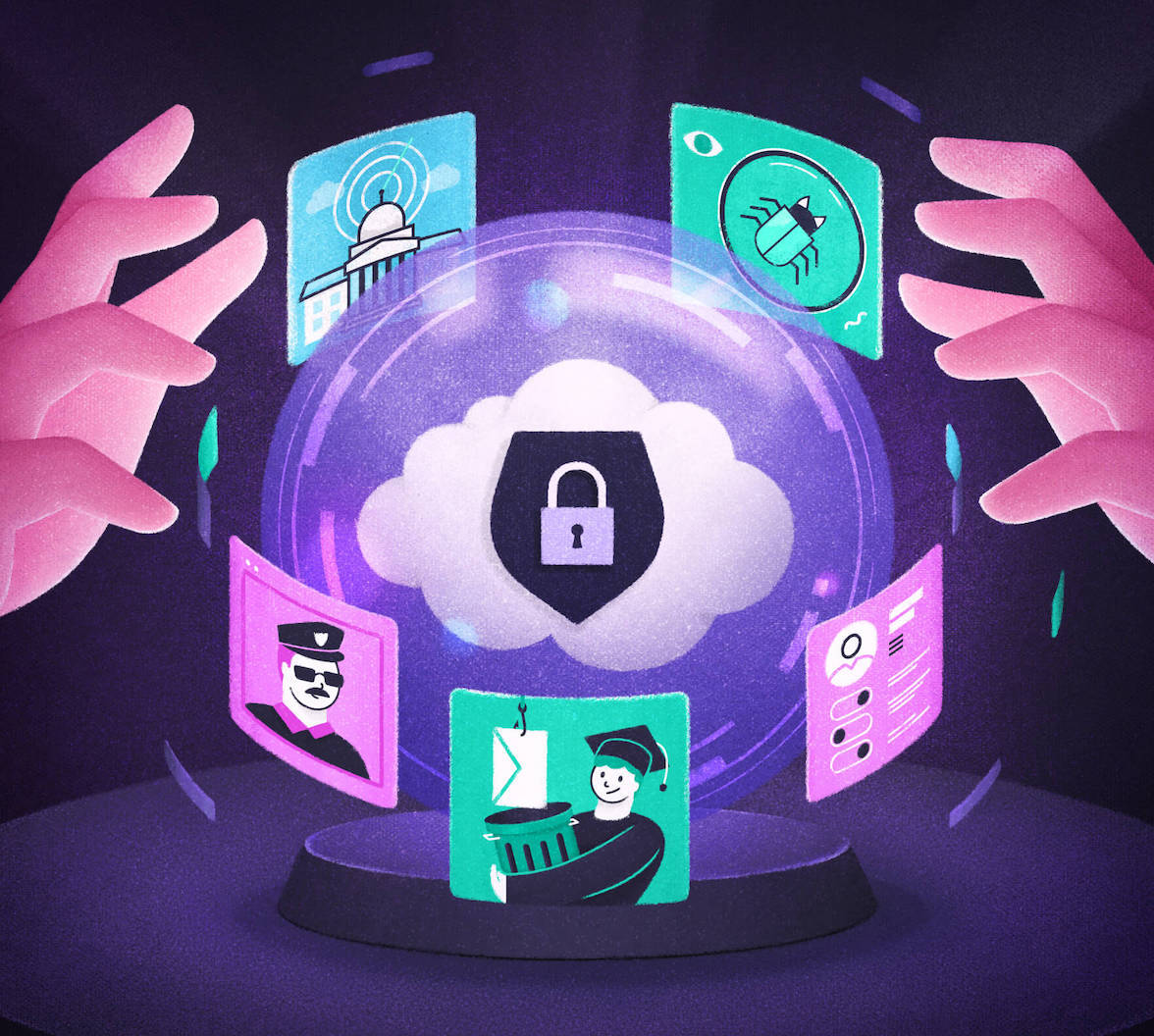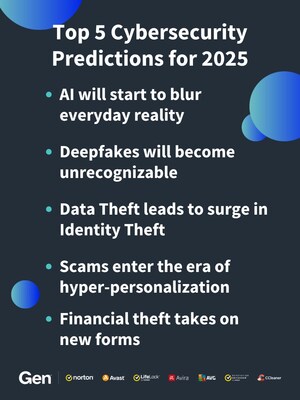The Next Frontier: Insightful Cybersecurity Forecasts for the Coming Year
As we come close to the new year, the cybersecurity landscape gets on the brink of remarkable improvement. Key variables such as the integration of innovative AI innovations, the inevitable increase of sophisticated ransomware, and the tightening up of data personal privacy regulations are shaping the future of electronic safety. The continuous frequency of remote work proceeds to expose new susceptabilities that organizations need to browse. Understanding these characteristics is essential for expecting the obstacles ahead and purposefully strengthening defenses, yet the implications of these modifications continue to be to be fully checked out.
Surge of AI in Cybersecurity
In the rapidly developing landscape of cybersecurity, the combination of expert system (AI) is arising as a crucial pressure in improving hazard discovery and response capabilities. AI technologies, such as artificial intelligence algorithms and deep knowing designs, are being progressively released to analyze large amounts of data and determine patterns a sign of safety and security dangers. Deepfake Social Engineering Attacks. This allows organizations to proactively deal with vulnerabilities before they can be manipulated
The surge of AI in cybersecurity is especially considerable in its capability to automate routine tasks, permitting human experts to focus on more complicated protection problems. By leveraging AI, cybersecurity teams can reduce response times and boost the precision of risk assessments. In addition, AI systems can adjust and pick up from new dangers, continuously fine-tuning their discovery mechanisms to stay ahead of destructive actors.
As cyber threats come to be a lot more sophisticated, the demand for sophisticated solutions will certainly drive further financial investment in AI innovations. This trend will likely cause the development of boosted safety tools that integrate predictive analytics and real-time tracking, ultimately fortifying business defenses. The transition in the direction of AI-powered cybersecurity services stands for not just a technological change but an essential modification in just how organizations approach their safety techniques.
Rise in Ransomware Attacks
Ransomware assaults have actually become a widespread threat in the cybersecurity landscape, targeting organizations of all dimensions and across different fields. As we advance into the coming year, it is prepared for that these attacks will certainly not just increase in frequency yet also in class. Cybercriminals are leveraging innovative strategies, including using expert system and machine discovering, to bypass typical security steps and make use of susceptabilities within systems.
The rise of ransomware strikes can be credited to several elements, consisting of the increase of remote job and the expanding dependence on electronic solutions. Organizations are often unprepared for the developing risk landscape, leaving important framework at risk to violations. The economic effects of ransomware are staggering, with companies facing hefty ransom demands and potential long-term functional disturbances.
Moreover, the trend of dual extortion-- where aggressors not only encrypt data yet also threaten to leakage delicate details-- has actually obtained grip, additionally persuading sufferers to conform with demands. Because of this, businesses have to focus on durable cybersecurity procedures, consisting of routine backups, worker training, and event response preparation, to minimize the threats related to ransomware. Failing to do so might bring about ruining effects in the year in advance.
Development of Data Privacy Rules
The landscape of information personal privacy guidelines is going through considerable improvement as federal governments and companies react to the raising worries surrounding personal information protection. In current years, the execution of detailed frameworks, such as the General Information Protection Law (GDPR) in Europe and the California Consumer Personal Privacy Act (CCPA) in the United States, has actually established a criterion for stricter personal privacy regulations. These policies emphasize consumers' civil liberties to regulate their information, mandating transparency and accountability from organizations that accumulate and process individual information.

Moreover, organizations will need to enhance Going Here their compliance strategies, buying advanced technologies and training to safeguard delicate details. The advancement of information personal privacy guidelines will certainly not only impact how businesses operate yet additionally form customer expectations, fostering a culture of trust and security in the electronic landscape.
Development of Remote Job Vulnerabilities
As organizations remain to welcome remote job, vulnerabilities in cybersecurity have significantly involved the leading edge. The shift to flexible work arrangements has actually subjected important spaces in protection protocols, specifically as staff members gain access to sensitive information from varied areas and gadgets. This decentralized workplace produces an expanded strike surface for cybercriminals, who manipulate unsecured Wi-Fi networks and individual gadgets to infiltrate business systems.

To reduce these susceptabilities, organizations need to focus on extensive cybersecurity training and carry out durable safety and security structures that encompass remote work situations. This consists of multi-factor authentication, routine system updates, and the facility of clear protocols for data gain access to and sharing. By resolving these vulnerabilities head-on, firms can foster a much safer remote job environment while maintaining operational strength despite developing cyber dangers.
Innovations in Threat Detection Technologies


Positive risk discovery has actually become view website a cornerstone of modern-day cybersecurity methods, showing the urgent demand to neutralize progressively sophisticated cyber hazards. As companies face an evolving landscape of susceptabilities, developments in threat discovery innovations are crucial in mitigating threats and improving safety and security stances.
One significant trend is the assimilation of expert system and artificial intelligence into hazard detection systems. These technologies enable the evaluation of huge amounts of information in genuine time, enabling the recognition of anomalies and possibly malicious tasks that may avert traditional protection steps. Furthermore, behavior analytics are being executed to develop baselines for typical user task, making it much easier to identify discrepancies a measure of a breach.
Furthermore, the increase of automated hazard intelligence sharing systems promotes collective defense initiatives throughout industries. This real-time exchange of info boosts situational recognition and increases response times to arising threats.
As companies proceed to spend in these advanced innovations, the performance of cyber defense reaction will considerably enhance, equipping protection groups to remain one action in advance of cybercriminals. Eventually, these improvements will certainly play a crucial function fit the future landscape of cybersecurity.
Final Thought
In summary, the future year is expected to witness transformative advancements in cybersecurity, driven by the combination of AI innovations and a noteworthy increase in ransomware attacks. As information personal privacy guidelines end up being a lot more strict, organizations will need to boost conformity techniques. The ongoing challenges posed by remote job susceptabilities require the implementation of durable protection procedures and detailed training. In general, these evolving characteristics highlight the vital significance of adjusting to an ever-changing cybersecurity landscape.